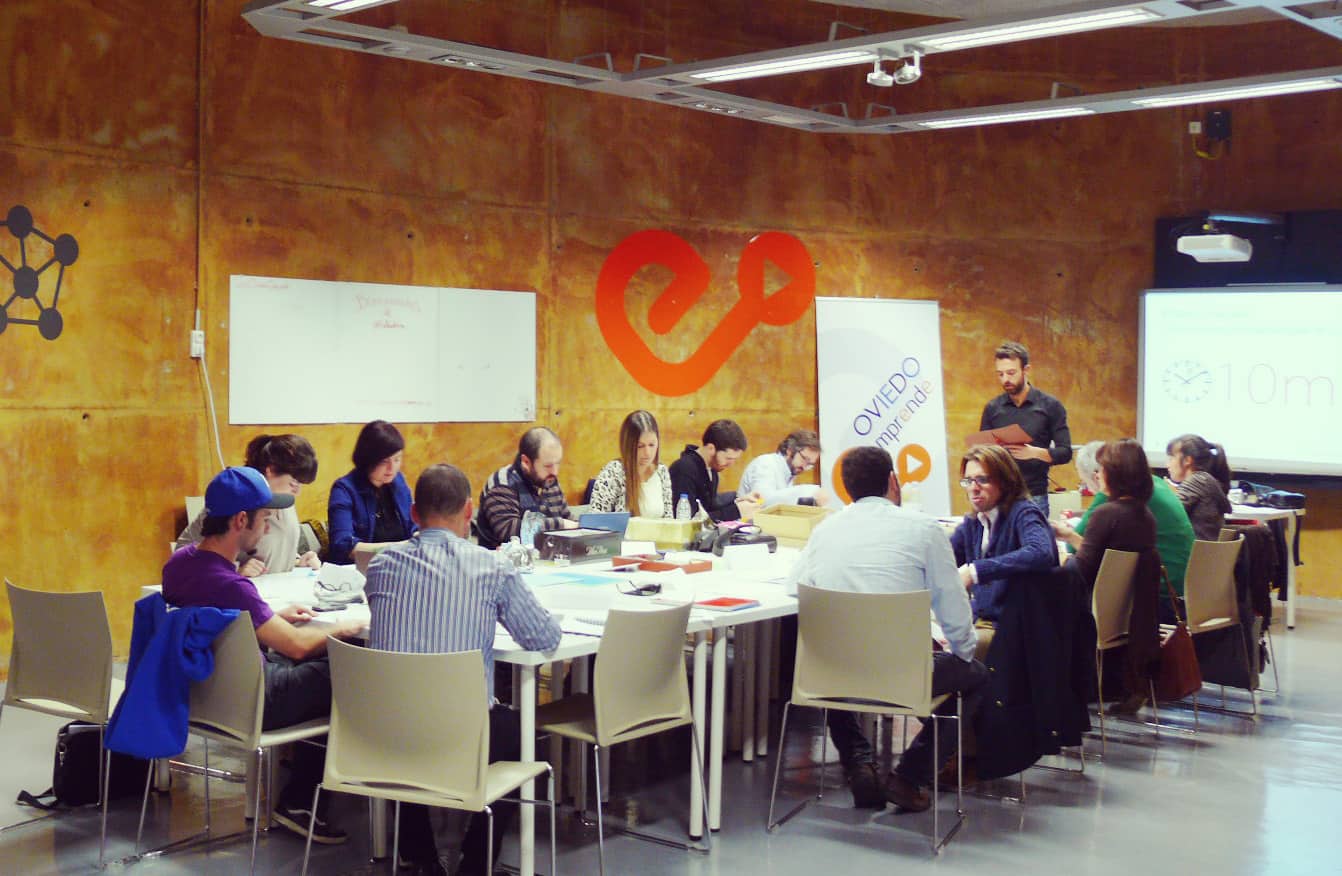
More often than not, you have probably felt stuck in your role as a meeting planner.
Maybe you chose the wrong venue, wrong décor, wrong speaker or even the wrong event staff. No matter what led you to feel stuck, there’s a new method of thinking that can help reverse this called design thinking. The method comes from Silicon Valley, where engineers and designers often find themselves stuck when it comes to designing new products. The common question they face is: How do you build a new product if you don’t know what to build?
A recent podcast on National Public Radio (NPR) spoke with Dave Evans who used to work in Silicon Valley and found himself faced with the challenge of designing the Apple mouse. The major consideration was whether or not to use one button on the mouse or two. After building a couple prototypes and finding out the preference with users, Evans and his team decided to go for the one-button mouse by using this design-thinking concept. Evans believes ,however, that the concept can be used beyond Silicon Valley, and he even teaches a course on the topic at Stanford University.
IDEO, an innovation firm, is also a major proponent of design thinking. The company believes that thinking like a designer can help organizations develop products, services, processes and strategy by using creative tools—i.e., stories, drawings, stickers, you name it—to address challenges. Design thinking relies on an individual’s ability to be intuitive, to recognize patterns, to construct emotionally meaningful and functional ideas, and to express one’s self through means beyond words or symbols, according to IDEO’s website. While the company acknowledges that running an organization on feeling or inspiration is risky, IDEO believes that only relying on the rational and the analytical can be, too.
For meeting planners hoping to take their meetings to another level, design thinking could be the next step. To learn more about the concept, listen to the NPR podcast or take this virtual crash course in design thinking on the Stanford University website.










